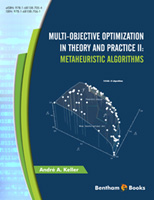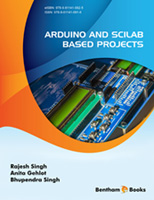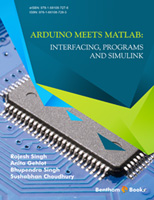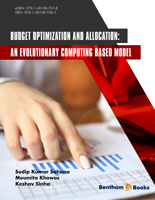Introduction
An intelligent system is one which exhibits characteristics including, but not limited to, learning, adaptation, and problem-solving. Artificial Neural Network (ANN) Systems are intelligent systems designed on the basis of statistical models of learning that mimic biological systems such as the human central nervous system. Such ANN systems represent the theme of this book. This book also describes concepts related to evolutionary methods, clustering algorithms, and other networks which are complementary to ANN systems.
The book is divided into two parts. The first part explains basic concepts derived from the natural biological neuron and introduces purely scientific frameworks used to develop a viable ANN model. The second part expands over to the design, analysis, performance assessment, and testing of ANN models. Concepts such as Bayesian networks, multi-classifiers, and neuromorphic ANN systems are explained, among others.
Artificial Neural Systems: Principles and Practice
takes a developmental perspective on the subject of ANN systems, making it a beneficial resource for students undertaking graduate courses and research projects, and working professionals (engineers, software developers) in the field of intelligent systems design.





